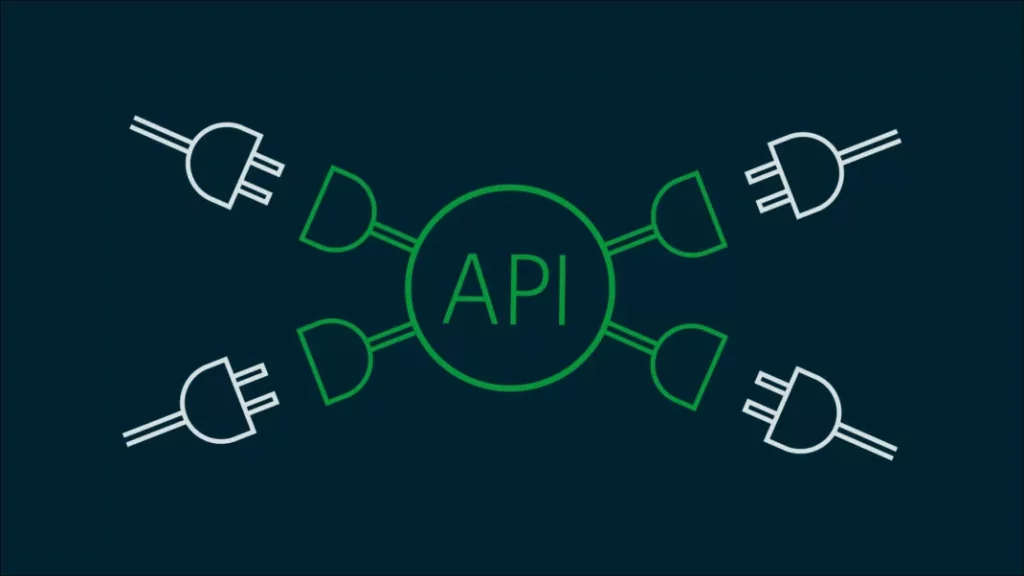In today’s interconnected digital world, APIs have become the backbone of many businesses. They enable the seamless exchange of data and functionalities, making them indispensable for modern software development. However, the reliability and performance of your APIs can significantly impact your operations, which is why an effective API status monitoring solution is vital. In this article we will present a paragon in this field, along with the benefits that it can bring you.
Meet The Latest In API Status Management
When it comes to API status solutions, a cutting-edge monitoring tool that has been meticulously designed to cater specifically to API monitoring needs is a must have. UptimeAPI empowers you to keep a close eye on the performance of your APIs and ensure that they run smoothly and efficiently, thereby minimizing downtime and maximizing uptime.
With UptimeAPI, you can create monitors for your APIs effortlessly and define custom alerts to be triggered whenever a monitor experiences downtime. This ensures that you are always in the loop, ready to take action the moment any issues arise. Let’s delve into the key features that make UptimeAPI an essential tool for API reliability.
API Monitor Creation Made Easy
One of the standout features of UptimeAPI is its user-friendly monitor creation process. Here’s a glimpse of what you can do:
1. Monitor Name: Give your monitor a distinct name for easy identification. This is particularly helpful if you are managing multiple APIs, as it allows you to quickly locate the one you need to monitor.
2. HTTP Method (Post, Get, Head, Put, Patch, Delete): Choose the HTTP method that suits your monitoring requirements. UptimeAPI supports all major HTTP methods, ensuring you can tailor your monitoring to the specifics of your API.

Logging and Historical Data
UptimeAPI goes beyond simple real-time monitoring. It also offers an extensive log history of both uptime and downtime events. This historical data is invaluable for tracking the performance of your API over time, helping you identify patterns, anomalies, and potential issues.
Moreover, UptimeAPI calculates the service level for each monitor, providing you with actionable insights into your API’s reliability. This service level calculation is based on historical data, giving you a clear picture of how well your API has been performing. You can use this information to make data-driven decisions and work proactively to maintain high service levels.
The Power of Actionable Insights
In today’s fast-paced digital landscape, it’s essential to have tools that offer not only data but also insights. UptimeAPI’s service level calculations provide you with actionable insights, helping you make informed decisions about your API’s health.
By monitoring your API’s performance over time and analyzing the service level, you can take proactive measures to address issues, ensure high reliability, and enhance user experiences. UptimeAPI doesn’t just provide data; it empowers you to act on that data effectively.
How Does This API Status Tool Work?
UptimeAPI is user-friendly to navigate. Sign up, explore the dashboard, and under the Monitoring tab, delve into the Monitors section. Click “New monitor,” input the desired parameters, and you’ll be able to monitor your APIs without hassle. It also has configurable parameters for the alerts should action need to be taken.

The Road Ahead
With features like user-friendly monitor creation, support for various HTTP methods, and comprehensive historical data, UptimeAPI equips you with the tools you need to monitor and maintain the health of your APIs. Its service level calculations provide actionable insights that enable you to stay ahead of potential issues and keep your APIs running at peak performance.
So, if you’re serious about API reliability and uptime, it’s time to take control of your API monitoring needs with UptimeAPI. Don’t wait for downtime to disrupt your operations—be proactive and maximize your API uptime today. If you want to learn more about this versatile cloud API status tool, you can check this article.

